Maple Pecan Goat Cheese Roasted Acorn Squash Recipe: Sweet Fall Magic
Roasting acorn squash with maple pecan goat cheese brings comfort and elegance to your autumn table.
Fall’s golden harvest offers a delightful canvas for this rustic yet sophisticated dish.
Nutty pecans and creamy goat cheese complement the squash natural sweetness.
maple syrup adds a rich, caramelized depth that makes every bite irresistible.
The recipe transforms simple ingredients into a stunning side dish that sparkles with seasonal charm.
Warm spices and golden-brown edges create a mouthwatering experience you won’t forget.
Prepare to savor a recipe that celebrates the best of fall’s bounty.
What Makes Maple Pecan Goat Cheese Roasted Acorn Squash Special
Maple Pecan Goat Cheese Squash Ingredients
Main Ingredients:Seasoning and Oils:Optional Garnish:Tools Needed for Roasted Acorn Squash
Simple Steps to Roasted Acorn Squash with Goat Cheese
Step 1: Prep The Acorn Squash
Slice each acorn squash in half carefully using a sharp knife.
Remove all seeds and stringy pulp from the center using a spoon.
Coat the interior of each squash half with olive oil, ensuring complete coverage.
Sprinkle kosher salt and freshly ground black pepper across the surface.
Place squash halves face down on a parchment-lined baking sheet, creating a flat surface for even roasting.
Step 2: Roast The Squash
Transfer the baking sheet into a preheated oven at 400F.
Allow squash to roast for approximately 30-35 minutes until the flesh becomes fork-tender and slightly caramelized.
The exterior should develop a golden brown color indicating perfect roasting.
Step 3: Create Delicious Toppings
While squash roasts, prepare your toppings:Step 4: Add Final Touches
Remove squash from oven and flip halves face up.
Generously drizzle maple syrup across each squash half.
Scatter chopped pecans evenly.
Sprinkle crumbled goat cheese over the surface.
Return to oven for an additional 10 minutes to caramelize and warm toppings.
Step 5: Serve And Enjoy
Pull squash from oven and let cool briefly.
Transfer to serving plates.
Optional: Add extra maple syrup drizzle and additional pecans.
Serve immediately as a stunning side dish or vegetarian main course.
Tips for Perfect Maple Pecan Goat Cheese Squash
Delicious Variations on Roasted Acorn Squash
Serving Maple Pecan Goat Cheese Squash Beautifully
Best Storage for Maple Pecan Goat Cheese Squash
FAQs
Choose smaller, evenly shaped acorn squash with smooth, dark green skin. Look for squash that feels heavy for its size and has no soft spots or blemishes. Smaller squash tend to be more tender and sweet.
Yes, you can use feta or blue cheese for a similar tangy flavor. If you prefer milder options, try cream cheese or ricotta. Just ensure the cheese melts well and complements the maple and pecan flavors.
The squash is ready when you can easily pierce the flesh with a fork and the edges look slightly caramelized. The skin should turn a deeper golden-brown color, and the interior will be soft and tender.
Print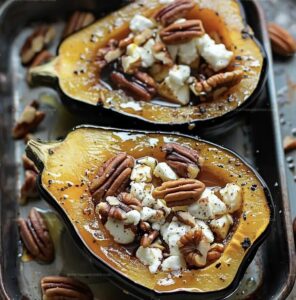
Maple Pecan Goat Cheese Roasted Acorn Squash Recipe
- Total Time: 1 hour
- Yield: 4 1x
Description
Maple pecan goat cheese roasted acorn squash delivers autumn comfort on a plate. Savory-sweet flavors merge with creamy goat cheese, creating a dish you’ll crave during crisp seasonal evenings.
Ingredients
Main Ingredients:
- 2 medium acorn squashes
- 1/2 cup pecans, roughly chopped
- 1/4 cup crumbled goat cheese
Liquid and Seasoning Ingredients:
- 2 tablespoons (30 ml) olive oil
- 1/4 cup (60 ml) maple syrup
- Salt to taste
- Pepper to taste
Instructions
- Prepare the acorn squash by carefully slicing each in half lengthwise, removing the seeds with a spoon. Brush the interior with olive oil and season generously with salt and pepper.
- Position the squash halves cut-side down on a parchment-lined baking sheet. Roast in a 400F (200C) oven for 30-35 minutes until the flesh becomes fork-tender and slightly caramelized.
- Remove the squash from the oven and flip the halves cut-side up. Drizzle each half with maple syrup, allowing it to pool slightly in the cavity.
- Scatter crumbled goat cheese and roughly chopped pecans over the syrup-coated squash, ensuring even distribution.
- Return the squash to the oven for an additional 10 minutes, allowing the maple syrup to caramelize and the goat cheese to warm and slightly melt.
- Carefully transfer the roasted squash to a serving platter. For an extra touch, garnish with additional pecans and a light drizzle of maple syrup.
- Serve immediately while warm, enjoying as a robust side dish or a satisfying vegetarian main course.
Notes
- Choose firm, heavy acorn squash with smooth, dull skin to ensure the best flavor and texture.
- Use a sharp chef’s knife and steady cutting board when halving the squash to prevent slipping and ensure clean cuts.
- Substitute maple syrup with honey or agave nectar for different flavor profiles or dietary preferences.
- Select fresh, high-quality goat cheese for a creamy and tangy complement to the sweet roasted squash.
- Toast pecans briefly before chopping to enhance their nutty flavor and add extra crunch to the dish.
- Create a vegan version by replacing goat cheese with nutritional yeast or cashew cheese for similar richness.
- Prep Time: 15 minutes
- Cook Time: 45 minutes
- Category: Dinner, Appetizer, Snacks
- Method: Roasting
- Cuisine: American
Nutrition
- Serving Size: 4
- Calories: 250
- Sugar: 15 g
- Sodium: 120 mg
- Fat: 18 g
- Saturated Fat: 3 g
- Unsaturated Fat: 14 g
- Trans Fat: 0 g
- Carbohydrates: 27 g
- Fiber: 4 g
- Protein: 5 g
- Cholesterol: 10 mg
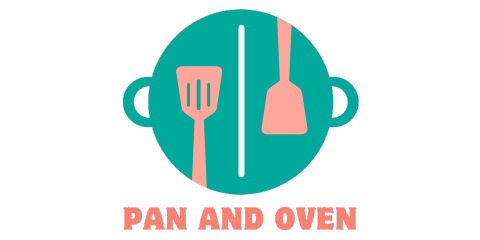
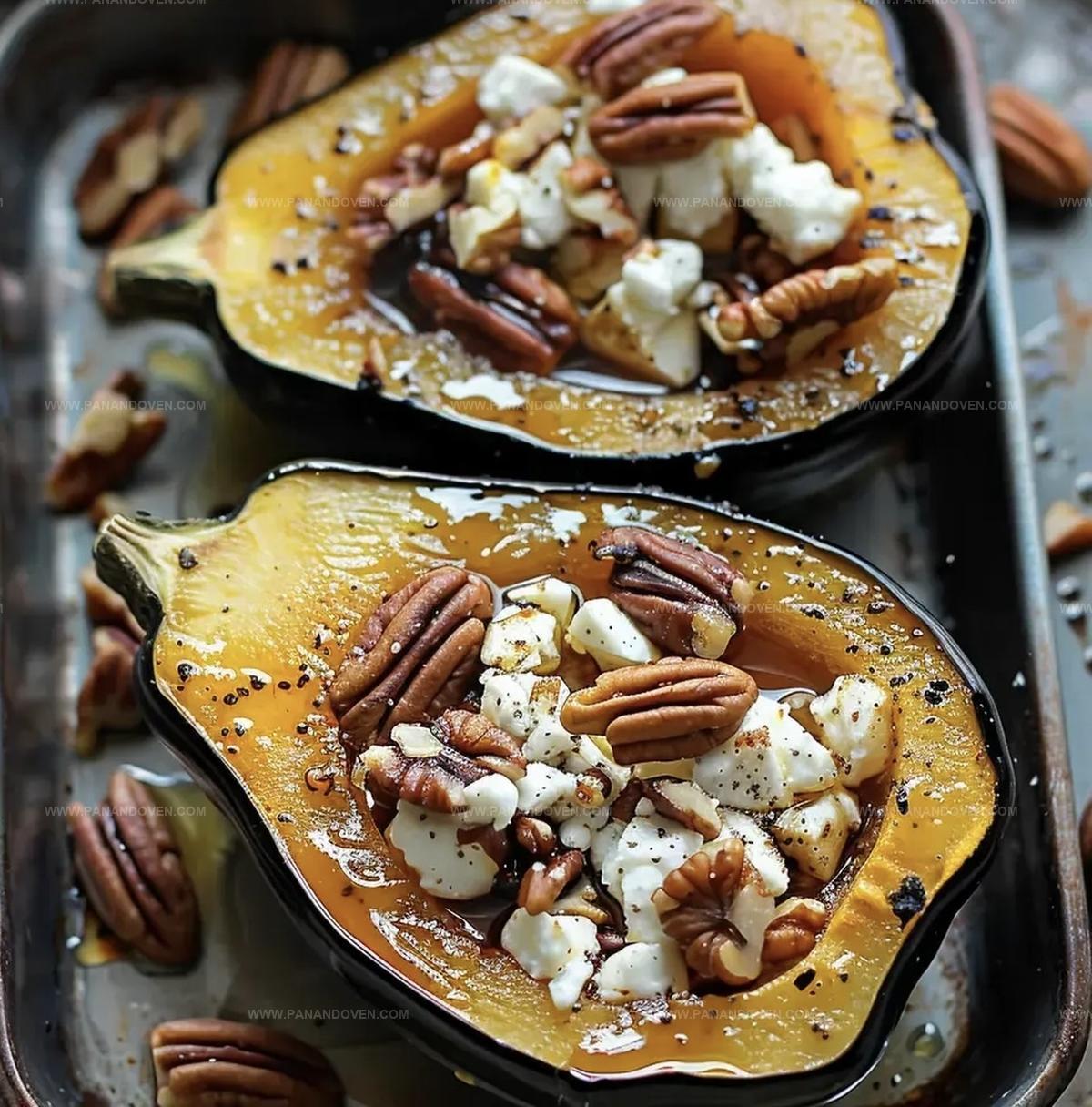
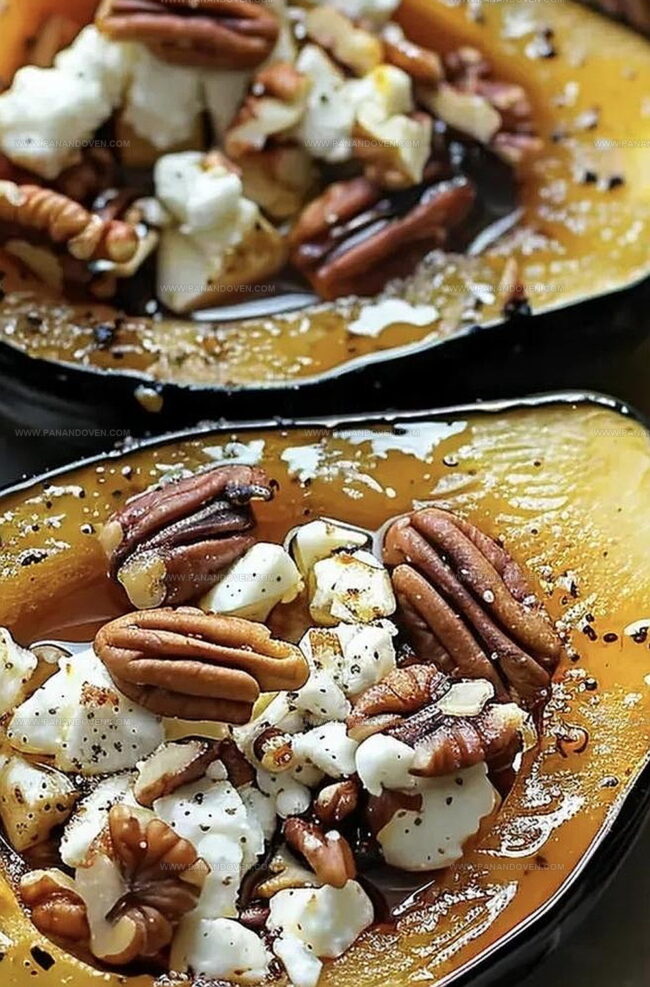
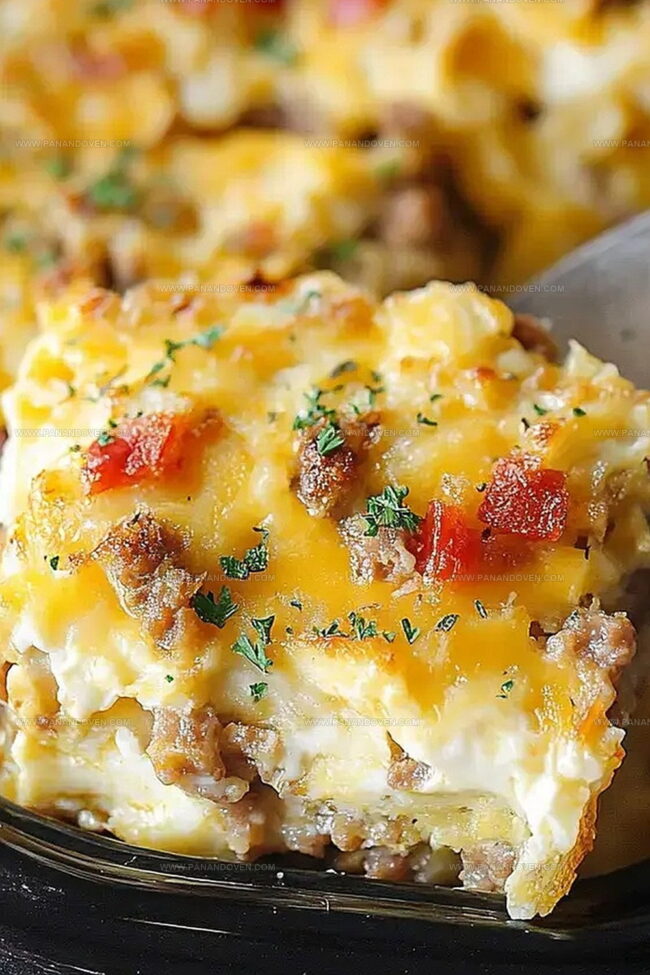
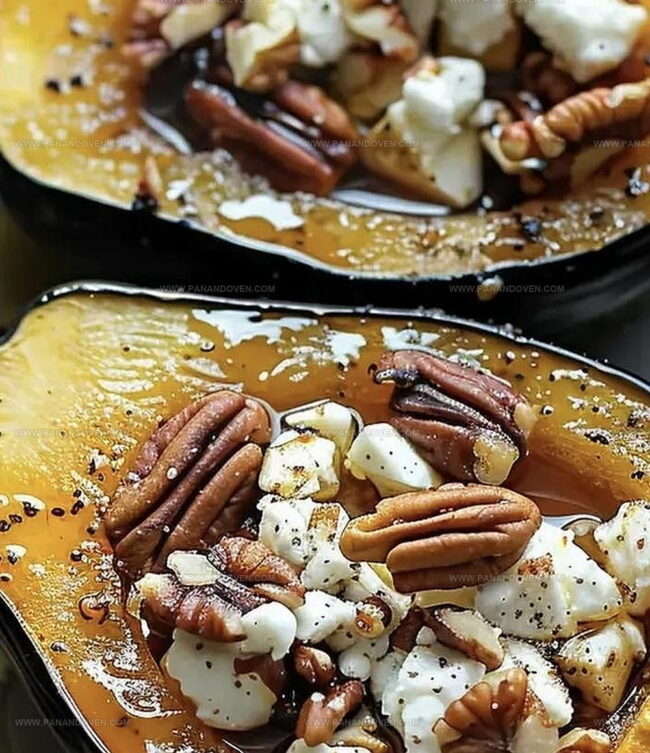



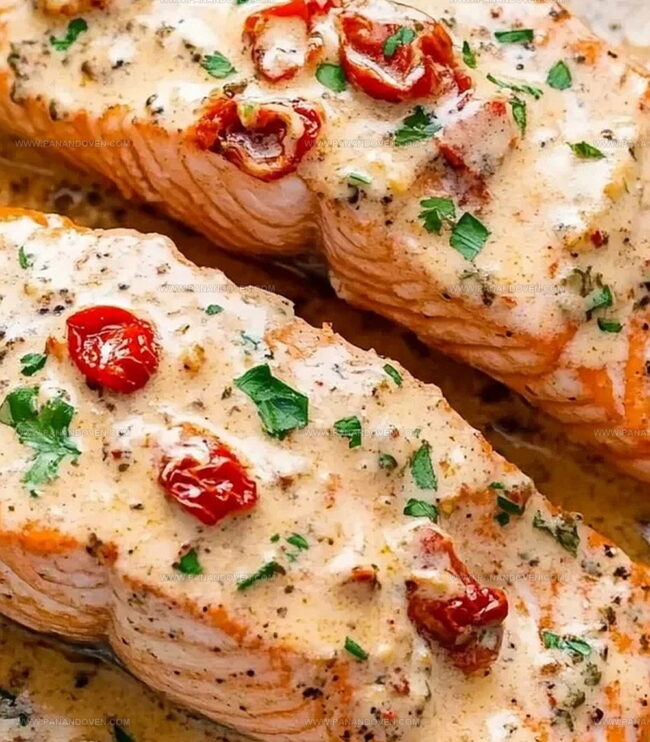
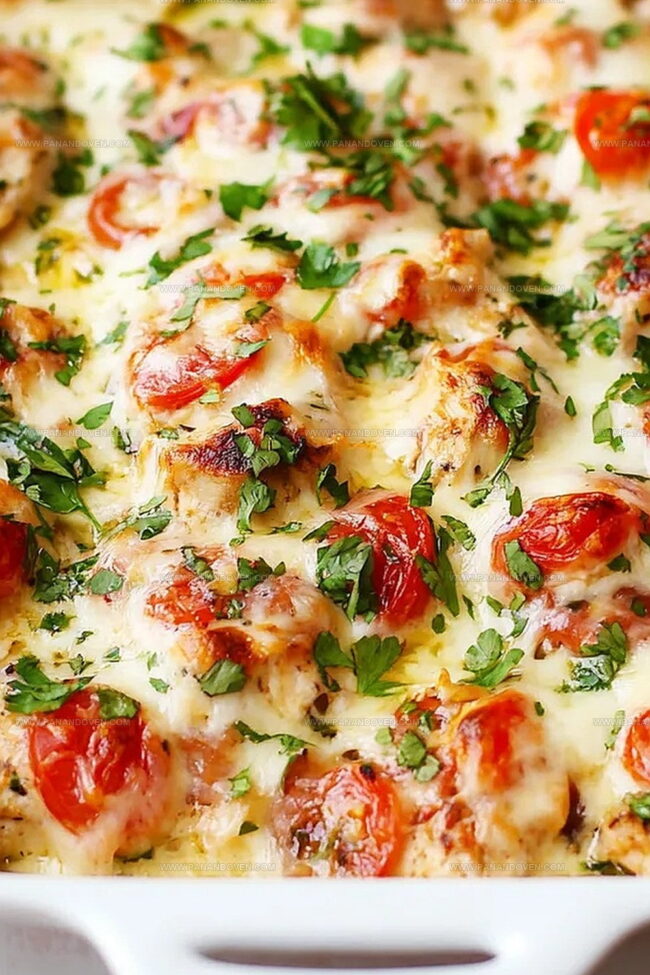
Marcus Reed
Founder & Food Content Creator
Expertise
Single-recipe development, Seasonal and local ingredient utilization, Food photography and styling, Culinary writing and content creation
Education
Culinary Arts Certificate, Blue Ridge Community and Technical College, WV
Focus: Fundamentals of culinary techniques, emphasizing hands-on experience in small-scale kitchen settings.
Marcus’s story begins in Asheville, where good food and family kitchens shaped his earliest memories. After hands-on culinary training and a lot of trial (and a little error), he realized that real cooking isn’t about perfection, it’s about connection.
At Pan and Oven, Marcus crafts recipes that are easy to follow, packed with flavor, and built for real kitchens.